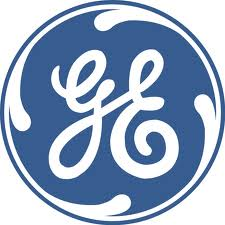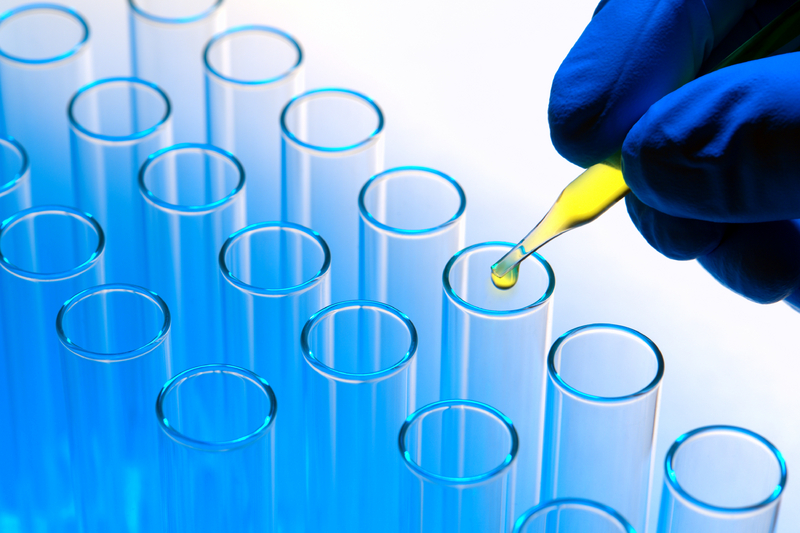I’m delighted to present today eight exciting new mini-case studies which demonstrate the power of social collaboration to create business value through new product development. These were curated by Amy Kenly and her team at innovation consulting firm Kalypso (Amy will also be a speaker at the April 27 Social Slam event!)
I think you’re going to be energized by these inspiring ideas!
Business Challenge: Getting real time analysis of which future candle scents customers would be most likely to favor.
Project Details: Instead of relying on traditional market research and trend analysis, Diamond Candles developed a way to crowdsource idea submission and voting from their existing customers. The company then takes the top 10% of voter suggestions and cross-references that with market trend analysis to make final decisions on new scents to launch.
Results: The program received more than 250 new product ideas and 5,000 customer votes in just one month. This has established a plan for the company’s R&D efforts.
Business Challenge: The Coca-Cola unit wanted to utilize Vitamin Water’s Facebook fanbase to design a new flavor.
Project Details: Vitamin Water’s flavor “Connect” was developed by the company’s Facebook fanbase; one Facebook fan won $5,000 for her role in development of the new flavor. The competition allowed VitaminWater’s Facebook fans to develop all aspects of the product, from selecting the flavor to designing the packaging and naming the product.
Results: More than 2 million VitaminWater Facebook fans participated in the new product development effort.

Project Details: Working with the online crowdsourcing organization InnoCentive, Prize4Life launched a $1 million challenge to find an accurate way to track the progression of ALS and reduce the cost of ALS clinical trials. At least 50 teams competed from 18 different countries. Prize4Life’s Scientific Advisory Board voted to award the ALS Biomarker Prize to Dr. Seward Rutkove. As a result, Dr. Rutkove’s work has been accelerated and gained the attention of researchers from around the world.
Results: Using the biomarker discovered by Dr. Seward Rutkove reduced the cost for a clinical trial by 50 percent or more. As a result, the time required to determine the therapeutic benefit of a given drug in a clinical trial is shorter and requires fewer patients. This translates to potential therapies moving more quickly through the development pipeline, accelerating progress towards a treatment or cure for ALS, and creating incentive to invest resources in ALS drug development.

Project Details: HopeLab, a nonprofit organization, created a competition called Ruckus Nation to address childhood obesity by using the global social web to generate ideas for products that will help kids stay active.
Results: HopeLab received more than 400 entries from 37 countries and 41 U.S. states. In tests conducted by HopeLab, many of the ideas submitted have displayed strong potential for HopeLab’s product development efforts and six ideas resulted in patent applications.

Project Details: Madison Electric’s commitment to innovation led the company to launch the Sparks Innovation Center- the industry’s first crowdsourced, collaborative approach to product development. Through their website (www.meproducts.net/sparks), anyone is invited to submit ideas for new products. The Madison Electric team assesses each idea’s merit, and the best ideas are then presented to a focus group through the company’s online Contractor Forum.
Results: Generating nearly 100 submissions thus far, the Sparks Innovation Center has been the point of origin for five profitable new Madison Electric products and another four are currently now in the production phase. The center has evolved into a go-to resource for inventors and aspiring entrepreneurs in the electronics industry.

Project Details: To address the challenges in managing a far-flung internal development staff, CDC Software relies on social network technologies to develop and deliver software from teams around the world. These social technologies are used at each step of the development process, including the commercial effort.
Results: CDC cut the time of product delivery from 24 months to 12-16 weeks. These cloud-based social technologies have promoted tight collaboration among their R&D offices across 14 countries, streamlined knowledge transfer and cut costs.

Project Details: The Cisco Enterprise Collaboration Platform Business Unit (ECP BU) is a cross-functional development group that included team members from program management, product management, user experience, engineering, quality assurance, and their executive sponsors. This team used an internal social platform to create a collaborative community and integrate their work processes and achieve rapid product iterations.
Results: The team delivered its first major release within 12 months, a reduced product time to market that equated to an average 12 percent productivity gain per employee, or 28,000 labor hours.

Project Details: In 2010, GE announced the Ecomagination Challenge, a global contest that was an open call for power grid innovations. Together with top venture capital firms, GE committed up to $200 million to help entrepreneurs develop their ideas and bring them to market. $100,000 awards were offered for each of five winning ideas along with the potential to collaborate with GE and its VC partners. Ideas were routed to subject matter experts and a final panel of judges to determine the winners.
Results: The Ecoimagination Challenge website had 70,000 participants from more than 150 countries, contributing 3,844 ideas and more than 120,000 votes. Twelve projects were selected to partner with GE and received development funds totaling $55 million. The contest’s most popular submissions received a $50,000 cash award and GE also granted $100,000 each for five promising products ideas.
So there you have it — some really awesome examples of social networking and global collaboration. What had an impact on you?





